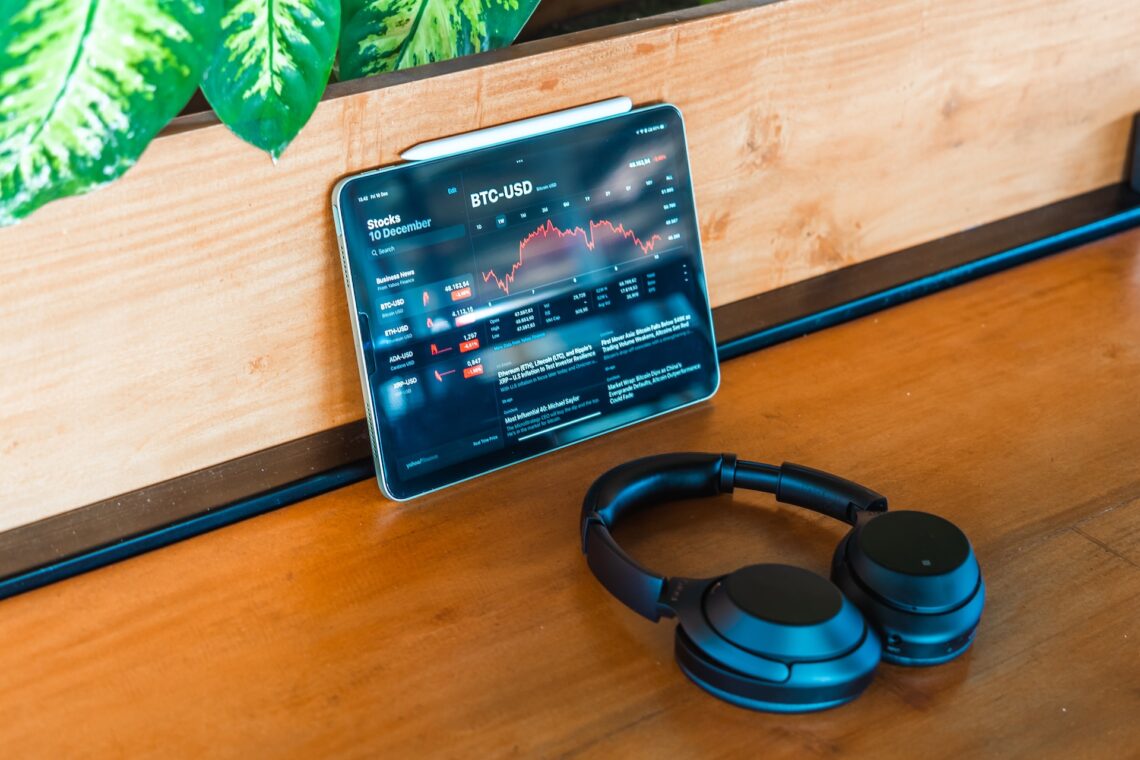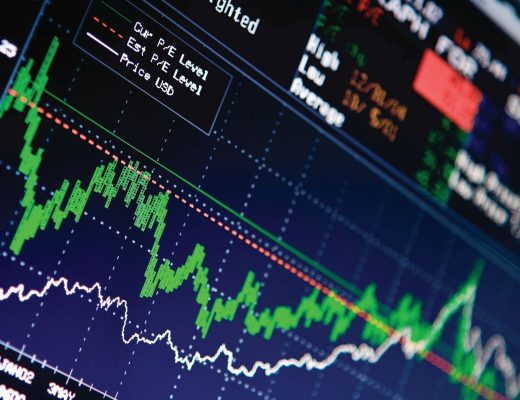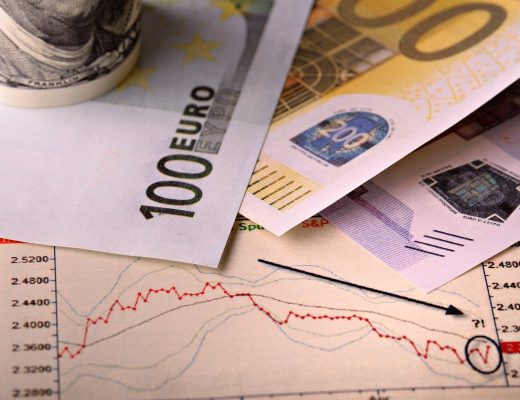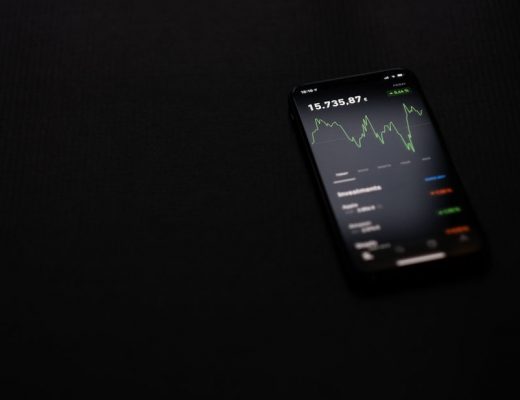When slippage in trading occurs
One of the critical conditions for profits in trading is correctly identifying entry and exit points. However, even then, there is a risk of failure because, as in any other activity, situations may arise in the financial markets that a broker cannot influence. These factors include slippage in trading.
This term is used when the execution price of the order differs from that specified in the order. And the real value can be lower or higher than the previously stated one. Such a situation arises due to the peculiarities of order execution, which in trading can be of three types:
– limit order (Limit);
– market order (Market);
– stop order (Stop).
The first option is an offer of a deal with an exact price. Otherwise, it will not take place. In this case, slippage is not possible. With a market order (Market), the trader wants to enter into a trade at the price that is current in the market at the time. The position will open at the bid price if the requested value meets the market order requirements. If the market volume exceeds the counter limit order, the orders will be executed according to their order in the order book. In this case, prices may be different from the initial bid. In addition, the market order will be closed at the price shown in the order of the next highest or lowest counter bid. The latter is the averaged result of the other counter-offers. It is this shift in value that means slippage.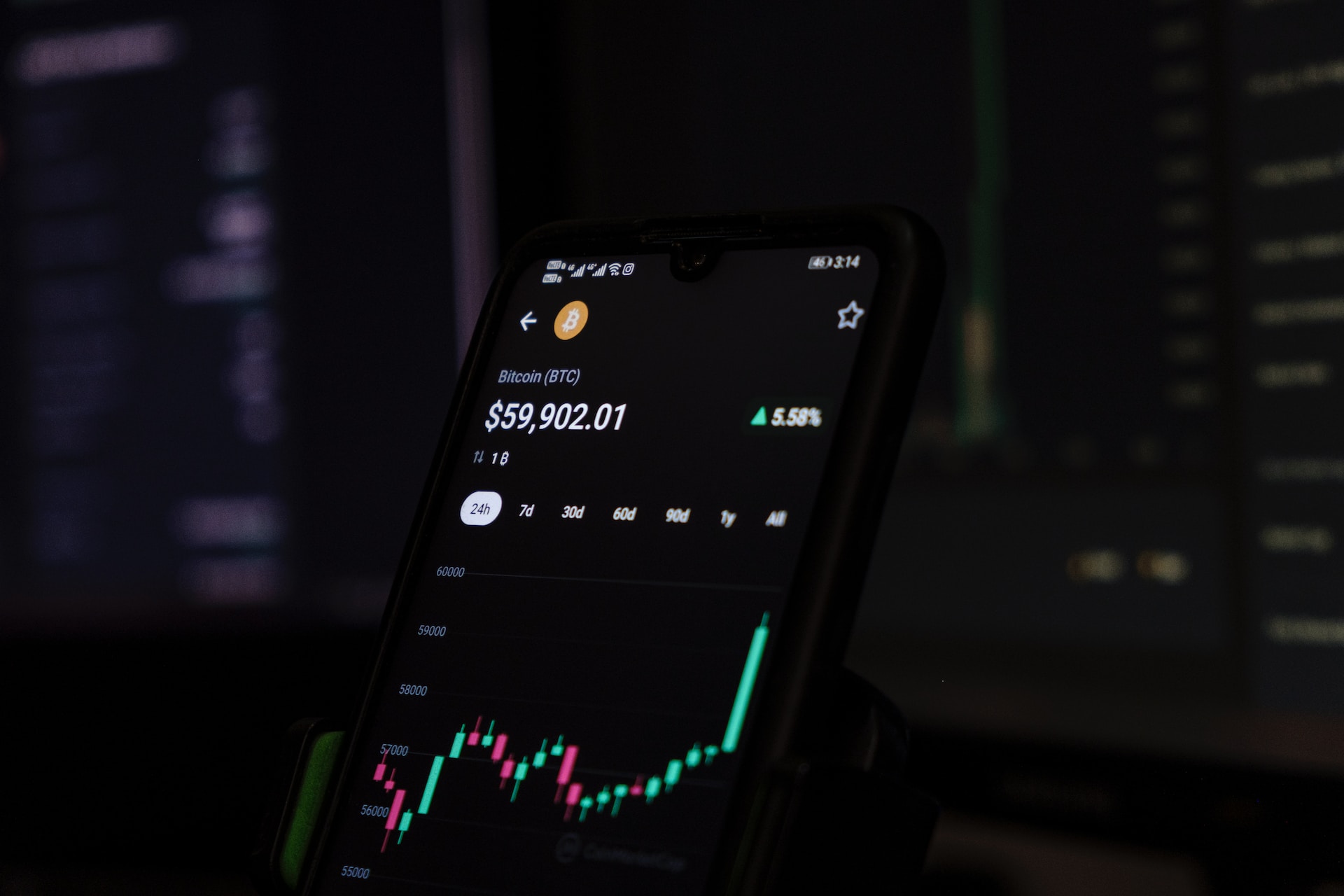 As for the stop order, slippage is formed by the same mechanism as in the Market. However, slippage can also occur in another case where the trader for a stop order sets an execution price that is impossible for a given market. In this case, the order can be closed if the market quotes start to change. Then it will be possible to complete the order due to the limited order with the lowest price. This is how slippage occurs.
As for the stop order, slippage is formed by the same mechanism as in the Market. However, slippage can also occur in another case where the trader for a stop order sets an execution price that is impossible for a given market. In this case, the order can be closed if the market quotes start to change. Then it will be possible to complete the order due to the limited order with the lowest price. This is how slippage occurs.
Note that there is also a risk of slippage for limited orders. This will occur at the start of trading or when trading resumes, when the opening price should be such that most limit orders will be executed. And for several orders, the cost can be higher than the stated value. This is known as positive slippage.
In addition to the order type, other parameters also affect the occurrence of this factor:
– Volatility. The higher it is, the greater the risk of slippage and the greater its rate can be. For example, slippage often occurs in cryptocurrency markets.
– Liquidity. Slippage most often occurs when trading low-liquid assets.
– Speed of order execution. In the case of intense quote dynamics, even a slight delay can cause slippage.
The phenomenon of slippage is virtually non-existent in medium and long-term trading. Slippage risks can be reduced by splitting large orders.
